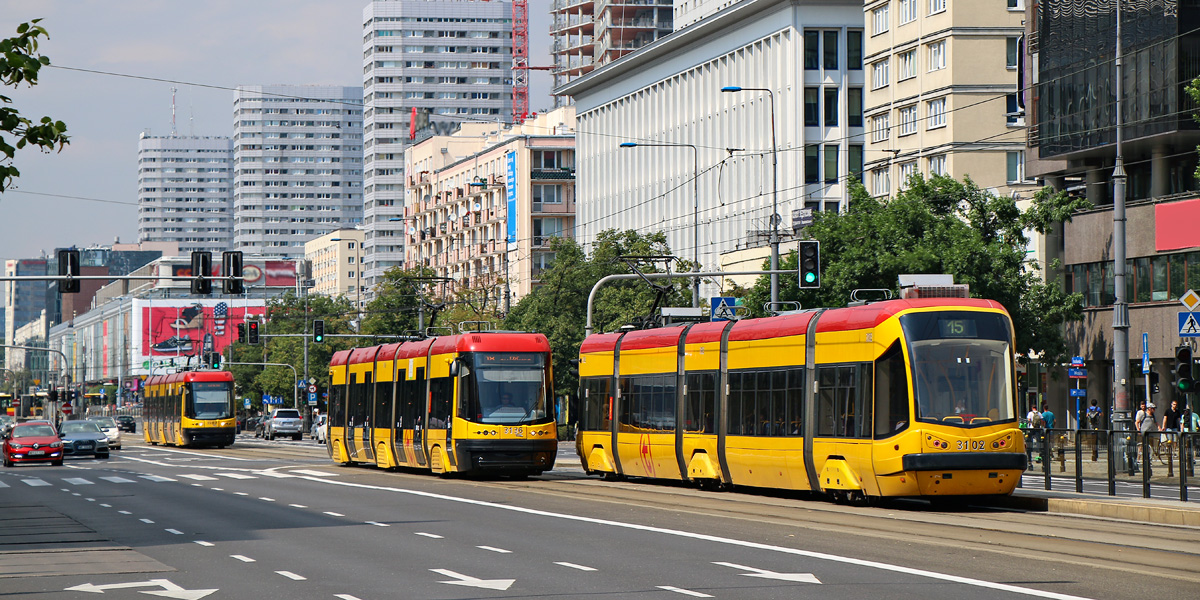
Mass transit systems have long been hailed as a sustainable and efficient solution to urban transportation challenges. However, it is crucial to acknowledge that no system is without its flaws. In this blog post, we will delve into the disadvantages of mass transit systems, shedding light on the potential drawbacks that need to be considered for a well-rounded understanding of their impact on urban mobility.
- Limited Flexibility:
One of the primary disadvantages of mass transit systems is their inherent lack of flexibility. Fixed routes and schedules may not cater to the diverse needs and preferences of commuters. This rigidity can be particularly inconvenient for individuals with irregular work hours or those residing in areas with limited access to transit stations. As a result, some commuters may be forced to rely on alternative modes of transportation, undermining the system's overall effectiveness. - Overcrowding and Congestion:
Mass transit systems, especially in densely populated cities, often suffer from overcrowding during peak hours. This can lead to discomfort, reduced personal space, and increased stress levels for commuters. Moreover, overcrowding can also contribute to delays and longer travel times, as more passengers need to board and disembark at each stop. These issues can discourage potential users from utilizing mass transit, exacerbating traffic congestion on roads. - Maintenance and Infrastructure Costs:
The establishment and maintenance of mass transit systems require substantial financial investments. Building and expanding infrastructure, purchasing vehicles, and ensuring regular maintenance can strain public budgets. Additionally, technological advancements and evolving safety standards necessitate continuous updates and improvements, further increasing costs. These financial burdens can pose challenges for governments and may result in reduced service quality or increased fares for commuters. - Limited Accessibility:
While mass transit systems aim to provide accessibility for all, certain groups may face challenges in utilizing these services. Individuals with disabilities, elderly citizens, or those with limited mobility may encounter difficulties due to inadequate infrastructure, such as inaccessible stations or insufficient provisions for assistance. Addressing these accessibility issues is crucial to ensure equitable transportation options for all members of society. - Dependence on External Factors:
Mass transit systems are susceptible to external factors that can disrupt their operations. Inclement weather conditions, natural disasters, or labor strikes can lead to service disruptions or even complete shutdowns. Such events can significantly inconvenience commuters and highlight the vulnerability of relying solely on mass transit systems for transportation needs.
Conclusion:
While mass transit systems offer numerous benefits, it is essential to acknowledge their disadvantages to foster a more comprehensive understanding of their impact on urban mobility. By addressing the limitations of these systems, policymakers and transportation authorities can work towards enhancing their efficiency, accessibility, and overall effectiveness. Balancing the advantages and disadvantages of mass transit systems is crucial for creating sustainable and inclusive transportation solutions for the future.



